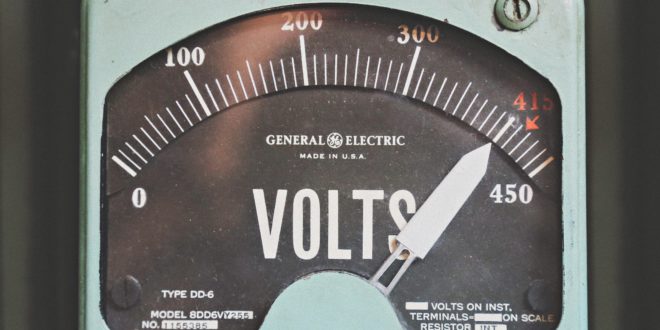The world has changed drastically since Covid-19 was first detected. And as the global pandemic looks to reach endemic status, humanity must make some tough choices, while acknowledging how modern life has impacted the natural world.
The connection between the natural world and human activities has become more apparent than ever. A 2020 World Economic Forum study concluded that human activity has essentially pushed Mother Nature “to its limits.” The study further indicates that modern industrial activities such as deforestation and factory farming are directly connected to the development of Covid and other infectious diseases.
Something must be done to improve sustainability on a global scale, but the task may seem insurmountable on an individual level. As such, our local communities hold the key to fueling lasting change in terms of conserving energy and reducing waste, improving planetary health, helping curb global warming, and reducing the impact of communicable diseases. Here’s what you need to know about spreading the message of sustainability and how to foster community engagement over the long term.
Waste Reduction Through Community Initiatives
At its core, the issue of sustainability runs concurrent with that of waste. The unfortunate reality is that humans are the most wasteful species on the planet, and the effects of waste generation are wide-reaching. According to the United States Environmental Protection Agency (EPA), every person generates an average of 4.9 pounds of municipal solid waste per day, totaling a whopping 292.4 million tons annually.
Although much of the solid waste that ends up in landfills is reusable in some way, most of it isn’t. Paper products, food, and organic materials such as yard trimmings make up nearly half of total municipal solid waste (MSW) generated in the U.S.The bulk of these natural materials can potentially be diverted from landfills, perhaps recycled into new materials or sustainably composted.
To help combat the issue of solid waste at the community level, consider the benefits of local recycling and composting programs. You could also go the extra mile and help reduce waste by shopping local, and opting for used or reusable items whenever possible. And who knows? Your neighbors and peers may even be inspired by your waste reduction efforts, ultimately giving in to peer pressure with positive environmental results.
Research indicates that the simple act of leading by example can make a big difference when it comes to motivating everyday citizens to conserve energy. As such, government-backed clean energy initiatives are gaining prominence throughout the world, but real change starts at the community level.
The Future of Conservation and Public Health
When encouraging your community to cultivate a more sustainable mindset, it’s important to remember that the issue is multi-faceted. Waste reduction spans well beyond MSW to encompass the energy we consume, which has a significant environmental impact. Considering everything from household appliances to digital communication devices, modern life requires copious amounts of energy.
Thus, it’s unsurprising that the world’s largest consumers of electricity are developed, prosperous nations. That’s because “countries with higher-income residents tend to be more urbanized, leading to higher electricity consumption,” reports Statista. The United States and China are leaders in worldwide electricity consumption, by a wide margin, and very little of that energy is considered to be “clean” — that is, harvested from renewable resources like the sun and wind.
Interestingly, some communities are embracing the idea of clean energy, in various ways. Locally-based energy initiatives may involve the installation of solar panels in community spaces and buildings or the creation of electric cooperatives, commonly known as co-ops, which are typically run by members of the community.
Sustainability: More Than Just a Trend
Yet, to cultivate true change, community leaders must also look at the big picture. Energy conservation is such an important topic that it has touched nearly every industry on Earth, from agriculture and transportation to healthcare and even fashion. By identifying problem areas in our day-to-day life where waste can be reduced, humanity comes ever closer to curbing the effects of climate change.
For its part, the fashion industry is doing its part to help address the issue of waste, and community conservation initiatives can easily follow suit. For example, you could consider organizing a charity drive to help fund a community recycling center or similar facility. Collect items such as unused clothing and re-sell them in an auction format, or create a private foundation that supports the community and waste reduction efforts.
And when hunting for new clothes or household goods, opt for timeless fashions that will never go out of style rather than succumbing to trends that will linger in your closet, unworn and ultimately discarded. Prolonging the life of clothes is a great way to divert waste from landfills as you cultivate a minimalist mindset and work to reduce your carbon footprint. You could also host a clothing exchange or zero-waste party so that the entire community can become involved with conservation efforts, however small.
Key Takeaways
As we look towards an uncertain future, community initiatives will help facilitate a push towards energy conservation and waste reduction on a worldwide scale. By encouraging community-based sustainability and leading by example, local leaders are at the front lines of change, and a healthier world overall.
 Alternative Energy HQ solar power for homes, wind energy, and bio fuel issues
Alternative Energy HQ solar power for homes, wind energy, and bio fuel issues







